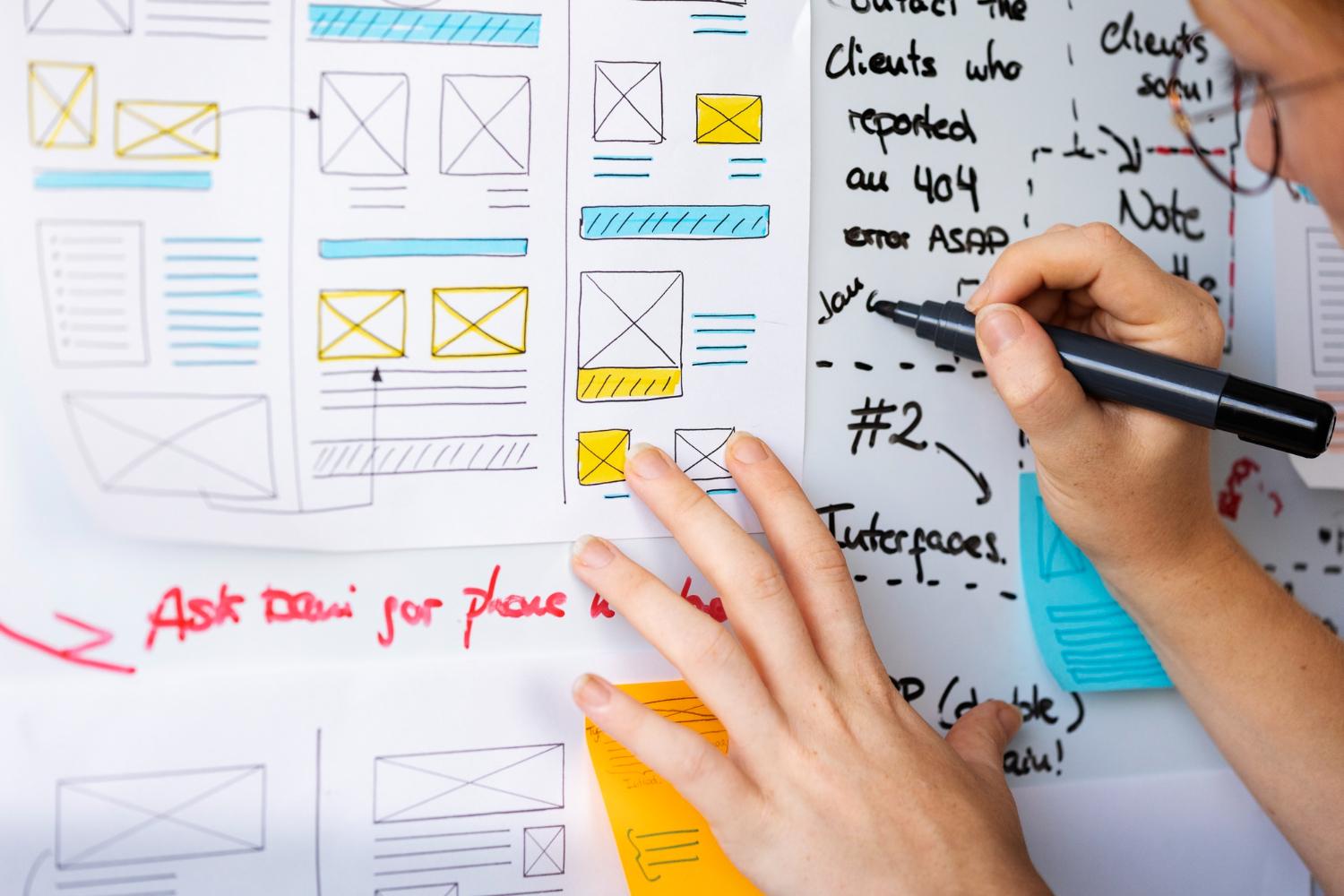Welcome to the realm of Micro-interactions—small, intelligent moments that quietly improve user experiences. But why are they so crucial in UX/UI design? In this post, let us learn what Micro-interactions are, why they work from a psychological standpoint, and how they can get your product remembered forever.
What’s a Micro-interaction?
Microinteractions are tiny, bounded product moments that accomplish a single task. Consider them the small design pieces that make interactions between an individual and a product easy and smooth. Examples of these interactions are turning on a feature, liking an update, swiping away to delete something, or feeling a light vibration as feedback.
They may appear insignificant, but they add depth to usability through feedback, avoiding mistakes, and making the experience intuitive & natural.
The Psychology Of Micro-interactions
Psychologically, microinteractions leverage our natural need for feedback, control, and emotional investment. When users receive instant feedback from the system, they feel more self-assured and in control. Microinteractions lighten the cognitive load, reinforce cause-and-effect relationships, and contribute to emotional fulfillment.
Positive reinforcement—such as a gentle vibration, sound, or animation—says to the brain: “That worked.” This affective response, even if unconscious, fosters trust and inspires ongoing use.
The Role of Micro-interactions: Why Businesses Utilize Them?
System-forward businesses apply Micro-interactions for several strategic purposes:
1. Display System Status
Users must be able to see what is happening at any given moment. Microinteractions provide visual feedback to inform users, whether that’s a spinning loader, a check mark indicating an action, or a color shift showing activity.
2. Engage User Participation
Tasteful interactions such as animated buttons, reactive icons, and hover states invite users to click, scroll, or dig deeper—building time on the product.
3. Enable Smooth Interaction
Rather than employing sweeping, intricate animations, microinteractions guide users through workflows by reacting to touch, swipe, click, or voice, thereby smoothing the process.
4. Avoid Errors
Microinteractions catch and prevent errors in real-time—consider auto-complete suggestions, live password strength indicators, or form field validation.
5. Express Brand Personality
Through style, motion, and tone, micro-interactions bring a brand’s personality to life. A playful bounce, smooth transition, or quirky notification sound can make a brand feel more human.
6. Strengthen Brand Engagement
They contribute to a consistent and polished user experience that enhances brand affinity. Users begin to associate smooth and delightful interactions with the brand itself.
Micro-interactions vs. Micro-animations: What’s the Difference?
Microinteractions enhance usability, while micro-animations add depth to visual storytelling. Frequently, the two complement each other to provide a smooth and pleasant user experience.
A micro-interaction may incorporate a micro-animation as feedback, yet always with the aim of enhancing user comprehension and interaction.
The Essential Elements of Micro-interactions
Dan Saffer, the creator of the term, suggests that each Micro-interaction has four key elements:
1. The Trigger
The system event or user action that triggers the conversation—e.g., a click of a “submit” button or an alert.
2. The Rules
They specify what occurs next—how the system reacts and what the limits are.
3. Feedback
What the user says, hears, or feels as a result of their action—animations, sounds, vibrations, etc.
4. Loops and Modes
These manage the meta behavior—how long the interaction lasts, if it evolves over time, or how it reacts in varying contexts.
Best Practices to Design Micro-interactions
To design great micro-interactions, UX designers must consider functionality, emotion, and performance. Below are best practices to inform the process based on advanced micro-interactions:
1. Know What Users Need
Design with intention by discovering user pain points. Test usability to find where people get stuck, and make interactions intentional to guide, support, or clarify at those critical moments.
2. Provide Instant Feedback
Users need to immediately understand that their interaction—such as tapping a button or importing a file—is recognized. Instant feedback inspires trust, avoids doubt, and maintains the experience seamless and intuitive.
3. Prioritize Simplicity
Keep micro-interactions simple and functional. Steer clear of flashy or redundant animations that interrupt users. The most effective micro-interactions are invisible assistants—unobtrusive, effective, and naturally integrated into the overall flow.2
4. Be Consistent
Consistency creates familiarity. Apply consistent animation speed, tone, and design style to all micro-interactions to provide a consistent user experience and prevent confusing or clashing transitions.
5. Make Interactions Human
Add emotion and personality to micro-interactions. A gentle wiggle, happy chime, or silly animation can cause interfaces to feel friendly, approachable, and truly fun to use.
The Takeaway
In an era when users have dozens of options within arm’s reach, user experience is often the determining factor between success and abandonment. Microinteractions are small, but they have a colossal impact on shaping the overall experience.
They bridge the gap between human expectation and digital behavior, offering feedback, clarity, personality, and satisfaction. When designed thoughtfully, Micro-interactions create moments of magic—tiny yet powerful touches that leave a lasting impression.
Final Thoughts
As digital products become more sophisticated, the expectation for seamless, intuitive interaction only grows. If your product doesn’t communicate clearly, respond immediately, or express brand identity subtly, you’re missing out on key engagement opportunities.
So the next time you create a button, animation, or notification—zoom in. The small things add up. Because in UX, micro is powerful.
Bring Life to Your UI/UX with Digitraly
At Digitraly, we are specialized in designing intelligent Micro-interactions that enhance usability, elevate your brand identity, and create delightful user journeys. Whether you’re revamping an existing product or building one from scratch, our design and development team ensures that every tap, swipe, and click feels just right.
Let’s design the moments that matter.



